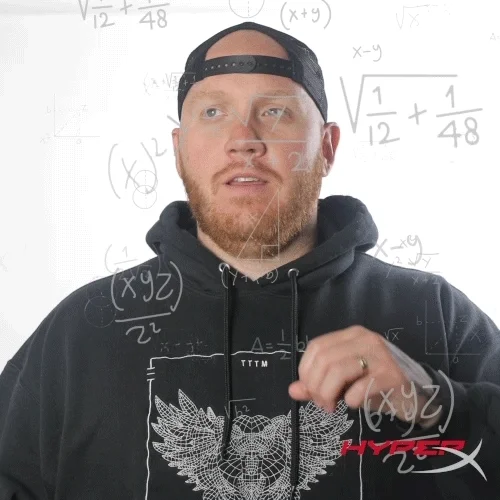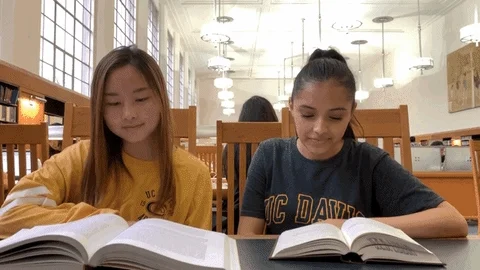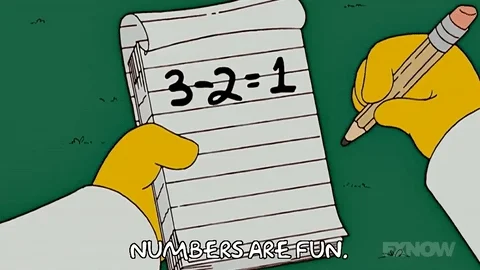
This logo isn't an ad or affiliate link. It's an organization that shares in our mission, and empowered the authors to share their insights in Byte form.
Rumie vets Bytes for compliance with our
Standards.
The organization is responsible for the completeness and reliability of the content.
Learn more
about how Rumie works with partners.
Have you ever been in the middle of teaching a math lesson and noticed your students look like this?

Math can be stressful for students and teachers...but it doesn't have to be!

Use the Concrete, Pictorial, Abstract (CPA) approach to help students build a deep understanding of math concepts and develop problem-solving skills.
Concrete Stage
Pictorial Stage
Example:
drawing two mittens and drawing out three more mittens to find the sum
drawing a picture of a watermelon and dividing it into twelve pieces to model twelfths
Pictorial representations are bestfor:
concepts that don't have a concrete representation (like negative numbers)
when students show mastery of concrete representations
Abstract Stage
Examples:
writing the equation:2 + 3 = 5
using the equation:1 ÷ 2 = 1/2
Abstract models are bestfor:
concepts that don't have a concrete representation (like negative numbers)
when students show mastery of concrete and pictorial representations

Why use the CPA Approach?

The CPA approach is beneficial because:
students achieve a deeper understanding of math concepts instead of using memorization
teachers can scaffold abstract math concepts to make them more accessible
students and teachers can go between stages as needed
it can be used with students in both primary and secondary school
you can use any of the models alongside each other to provide multiple representations of class material or to double-check student knowledge
Quiz
Mrs. Ramirez just began a multiplication unit with her class. Her students have minimal experience with multiplication. She wants to show her students how to solve 3 x 10. Which of the following methods would be most useful in introducing this concept?
Using concrete representations like counters and ten sticks would be the most helpful for students beginning a new concept. Students can use manipulatives as concrete objects to represent multiplication.
Did you know?
Take Action

Are you ready to use the CPA approach in your classroom?
This Byte has been authored by
Lauren O'Neill
Educator | Curriculum Designer
